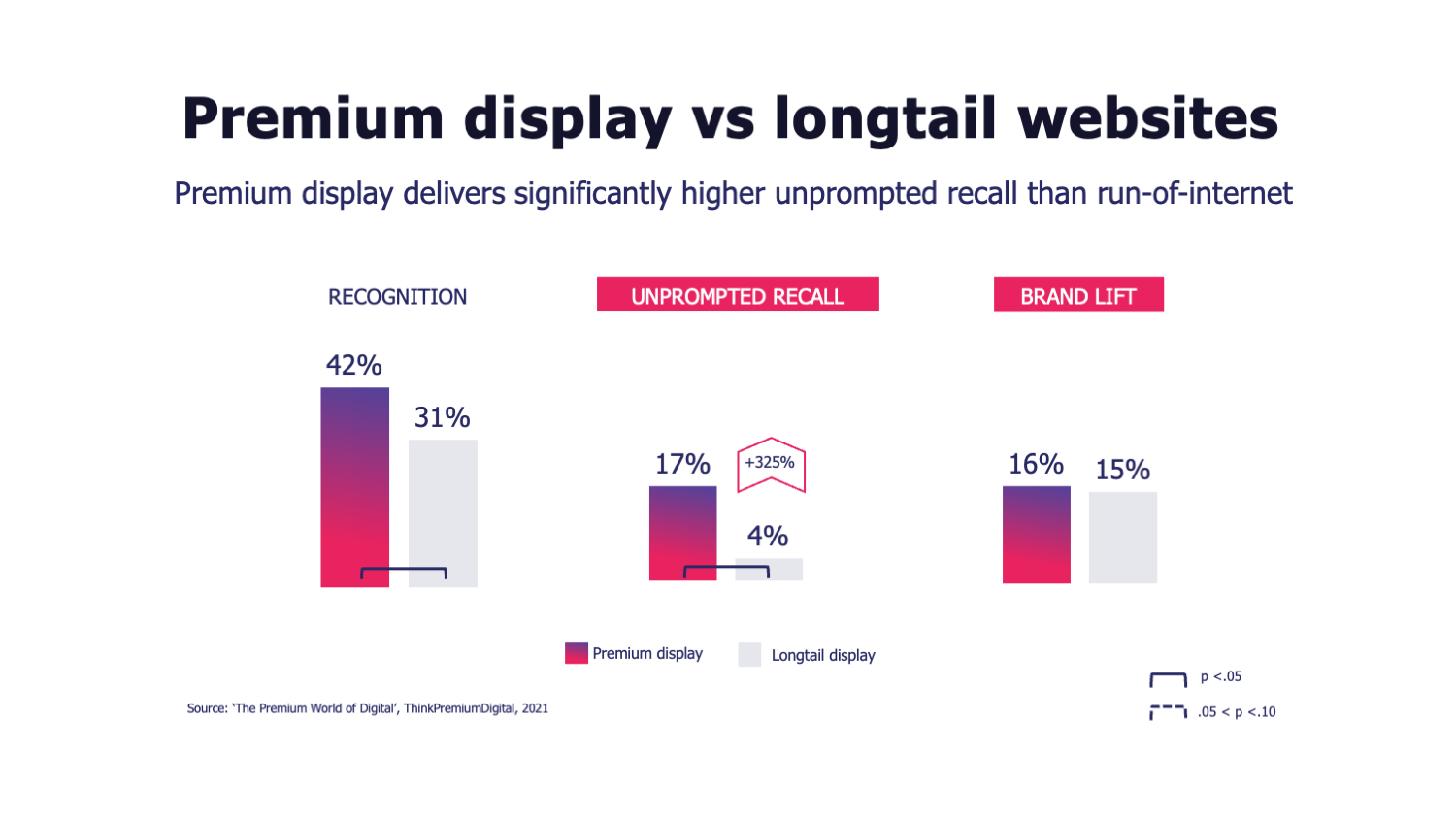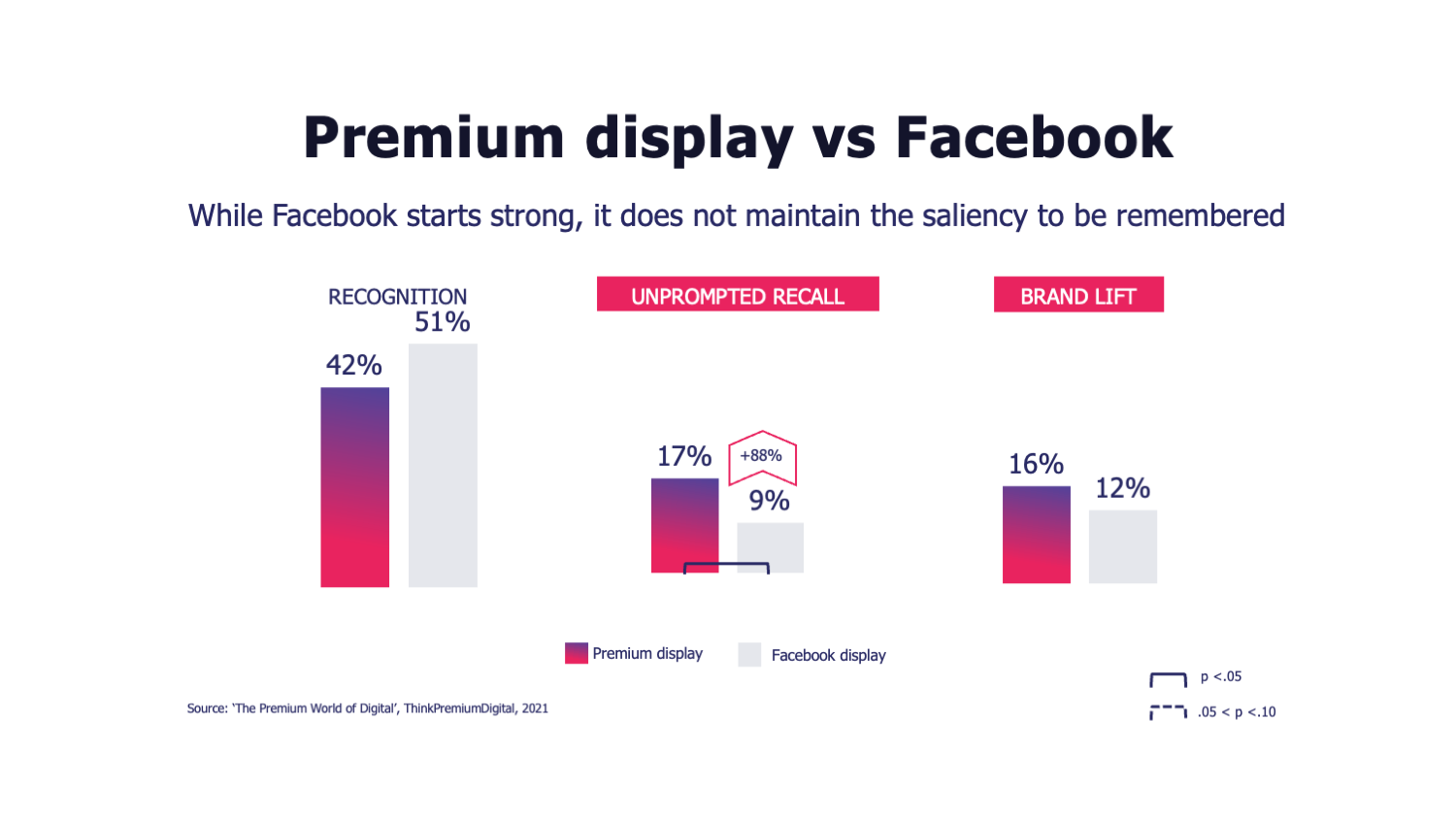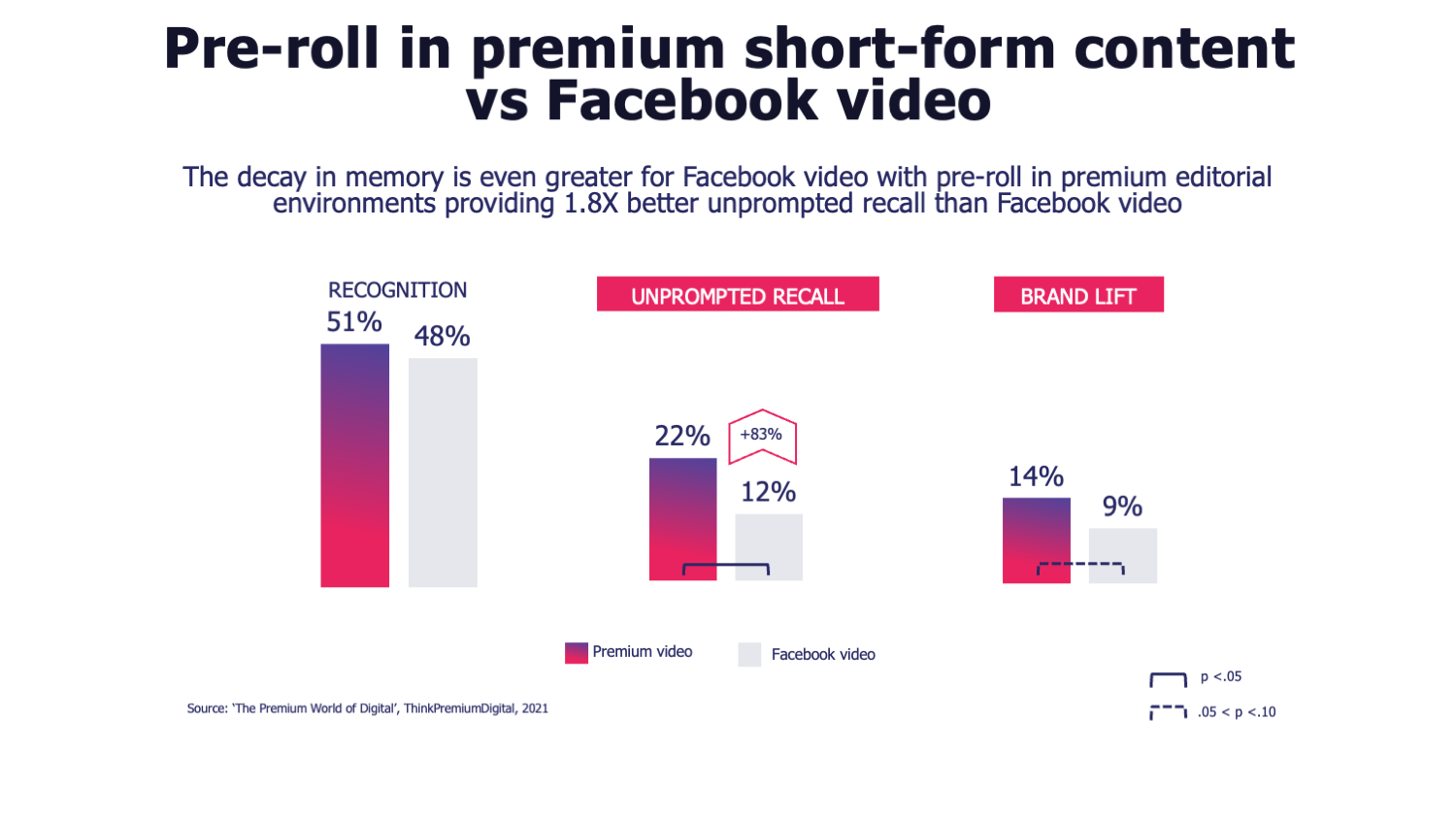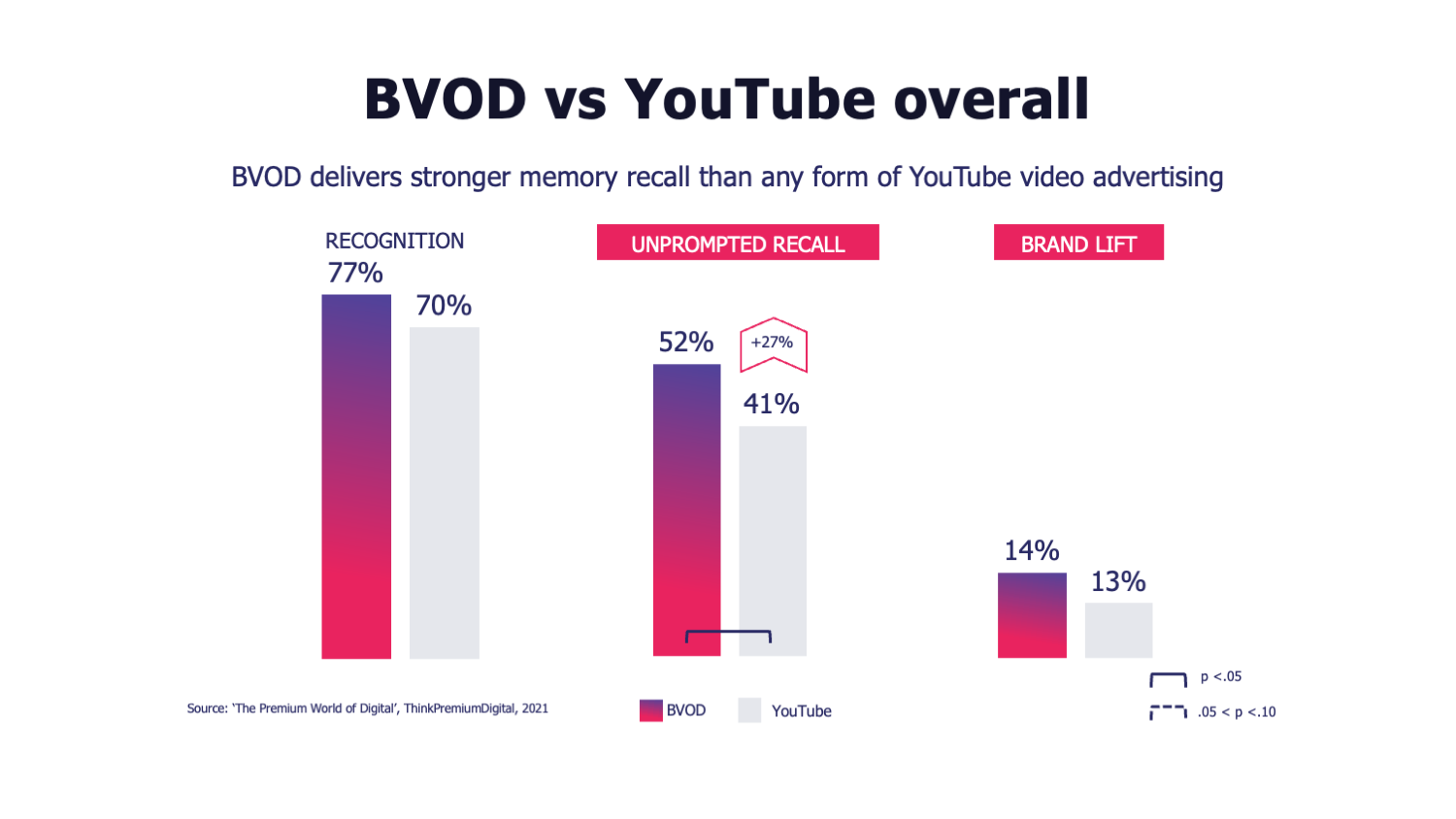Sharp, Ritson and Nelson-Field are all right: attention is important, but relying on it in isolation could be hampering your campaign effectiveness – just look at premium display vs Facebook, BVOD vs YouTube

Attention is a critical cog in the engine of effective advertising. But a focus on memory outcomes better captures the broader range of elements needed to achieve optimal advertising effectiveness.
The IAB is right – attention is compelling, but not a silver bullet for advertisers. While it’s a critical component needed to achieve effective advertising, attention must be considered within the context of other metrics, ThinkPremiumDigital’s Steve Weaver writes. A MediaScience study of Premium display vs longtail and Facebook, and BVOD vs YouTube, shows why.
A report from the IAB, hot on the heels of Byron Sharp’s challenge of attention metrics, has concluded that while important, attention is not a silver bullet for marketers.
Instead, the report advises, marketers should use a range of measures to understand the impact of their advertising investments. I couldn’t agree more.
Advertising is all about trying to capture people's attention. You want your creative to cut through and while that means you need to grab the attention of people when they are exposed to your ad, what really matters are the brand and business outcomes of your advertising.
Ultimately, your brand needs to be thought of in what effectiveness researcher Rob Brittain calls ‘category entry point’ moments. For example, when the critical time of purchase rolls around.
You might know this as mental availability, which is a fancy way of saying your brand has to be in people’s minds when the time comes for them to take action.
The measurement of mental availability is not simple and is heavily influenced by campaign budgets, media selection and creative strength.
But at the heart of the construct is the measurement of a brand’s salience, fame and uniqueness.
Salience, via unprompted recall, is a simple, cost-effective metric used to measure the retention of brand information within consumers' minds.
We all want ads that get people’s attention and then lead to establishing mental availability. The obvious next question is which media channels provide the best opportunity to do exactly that.
To find out, ThinkPremiumDigital engaged media measurement firm MediaScience to serve more than 5,000 respondents with 6,000 unique advertising experiences across 252 websites.
The study looked at platforms within the competitive sets of premium display versus Facebook display and long-tail website display as well as premium short-form video against long-tail and Facebook video. The research also evaluated Broadcaster Video on Demand (BVOD) and YouTube.
Premium display versus run-of-the-internet
The research found premium display to outperform run-of-the-internet sites in unprompted recall, recognition, and brand lift.

Premium display and video inventory versus Facebook
The results were consistent when comparing premium display inventory against Facebook display, and again when comparing premium digital video against Facebook video.


BVOD versus YouTube
Whether ads appear in YouTube content that is less or more than nine minutes long, BVOD outperforms on all three metrics of recognition, unprompted recall, and brand lift.

This research highlights the pitfalls of making investment decisions based purely on attention.
When you boil it down to just attention, premium content environments are similarly matched against a range of inventory types on Facebook and YouTube. Yet premium digital platforms generate stronger memory outcomes which, as we have discussed, is vital to the outcome of your campaign.
There are a number of reasons why premium digital performs better when measured against this metric. Engaging content, broad audiences and a halo from trusted and respected brands means premium provides an environment that allows good creative to live, breathe and work harder.
Attention is a critical cog in the engine of effective advertising. But a focus on memory outcomes – be that simple salience or more sophisticated mental availability calculations – better captures the broader range of elements needed to achieve optimal advertising effectiveness.
I reckon even Byron Sharp would agree with me about that.
To find out more about how premium digital is helping brands to create lasting impressions, download the full report here.
Steve Weaver is the Head of Research for ThinkPremiumDigital.
